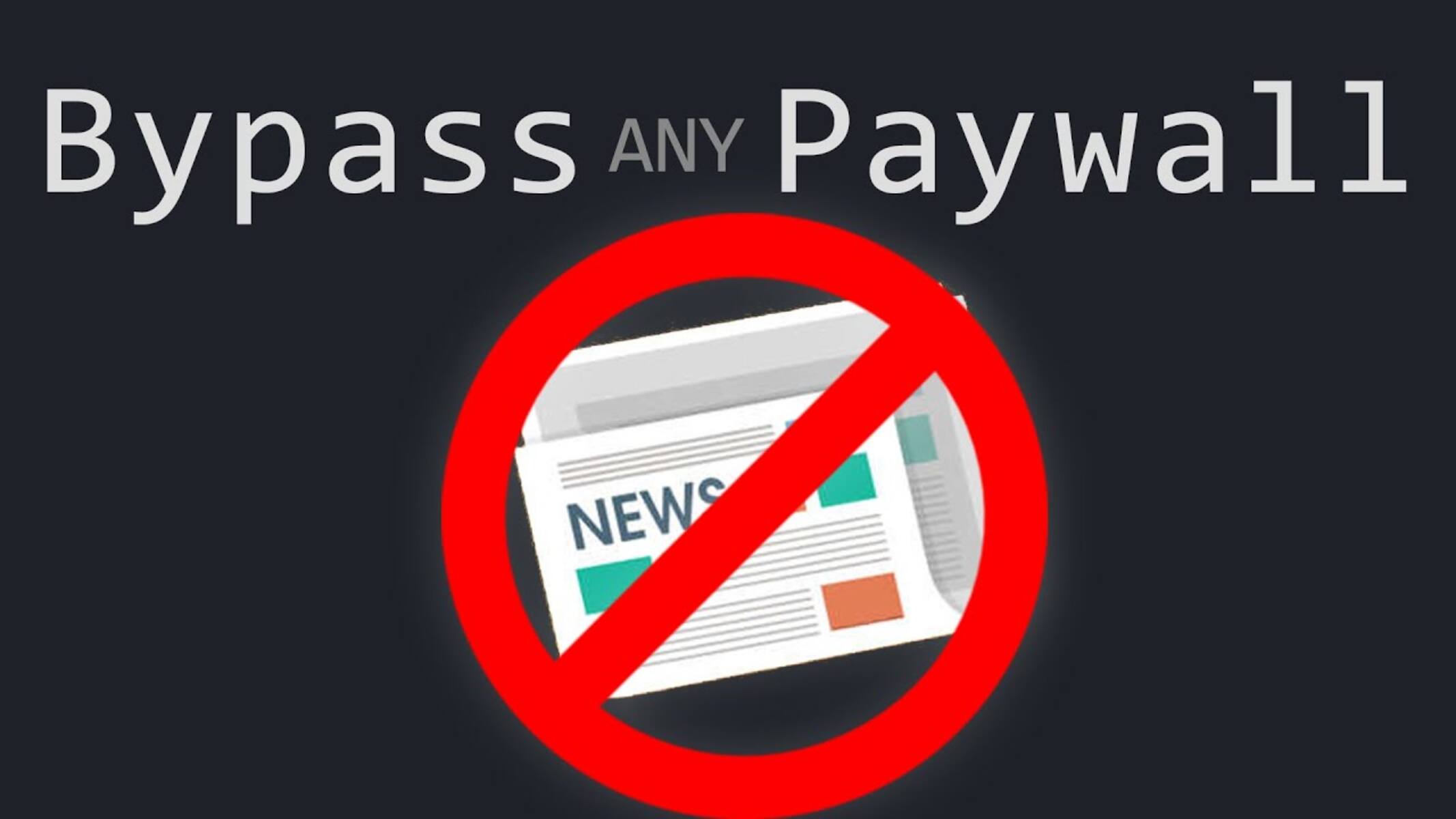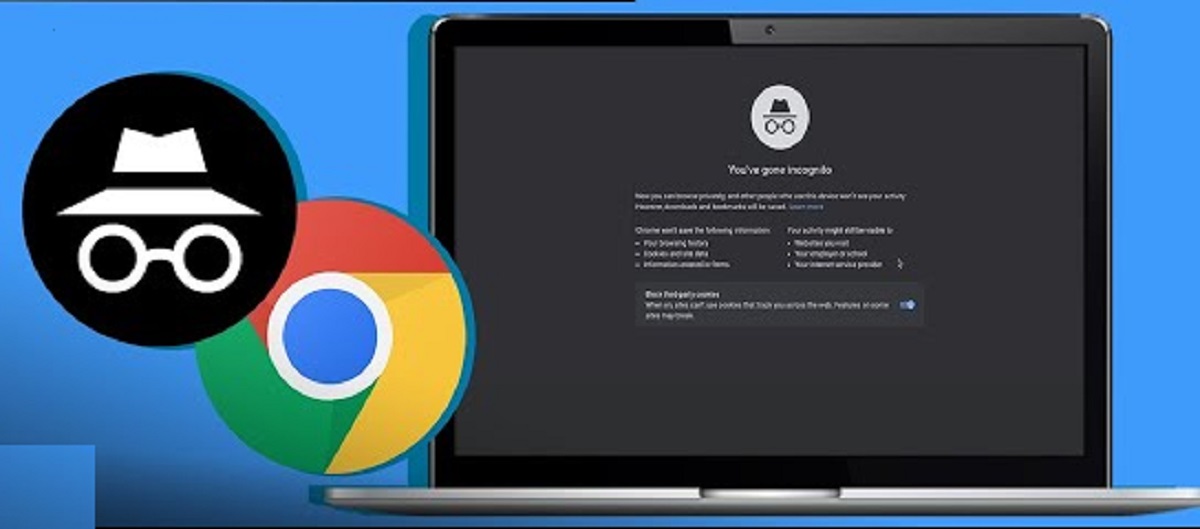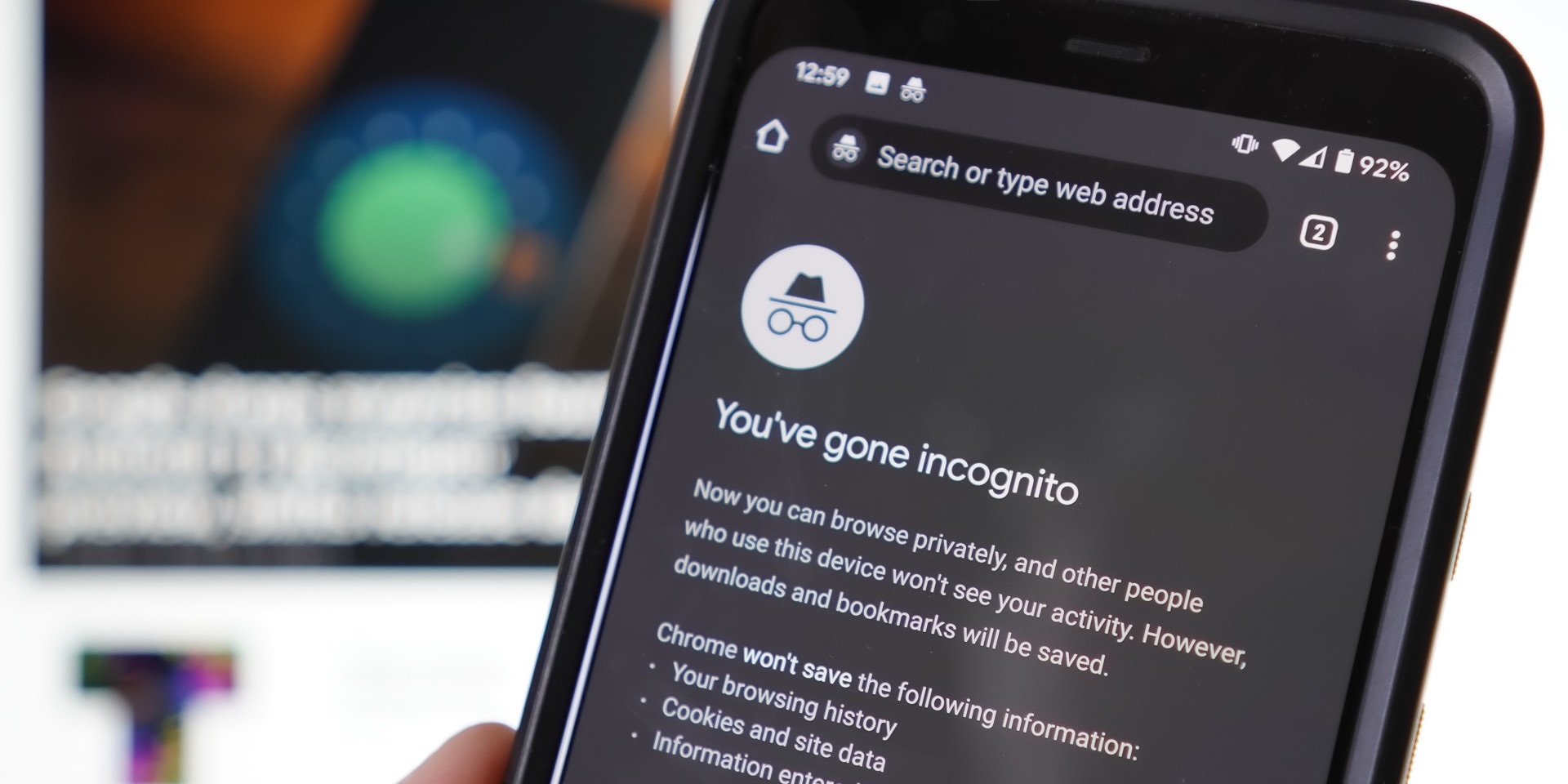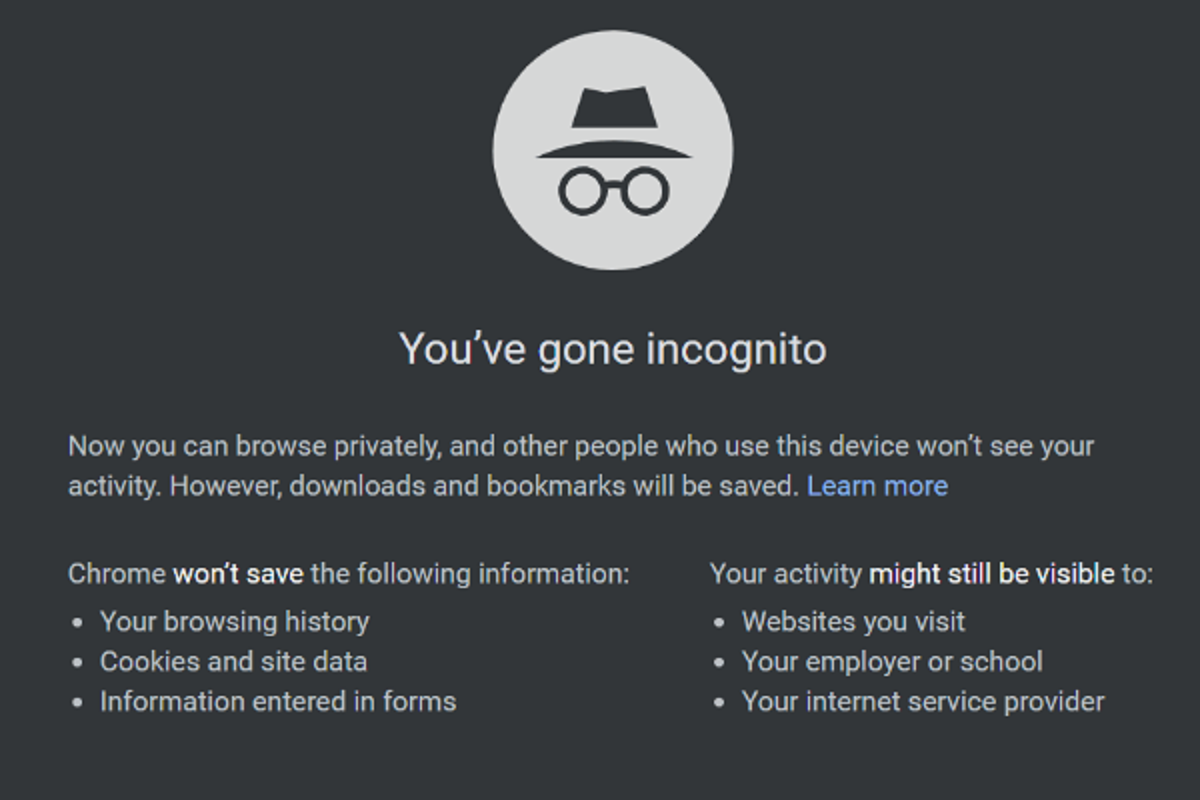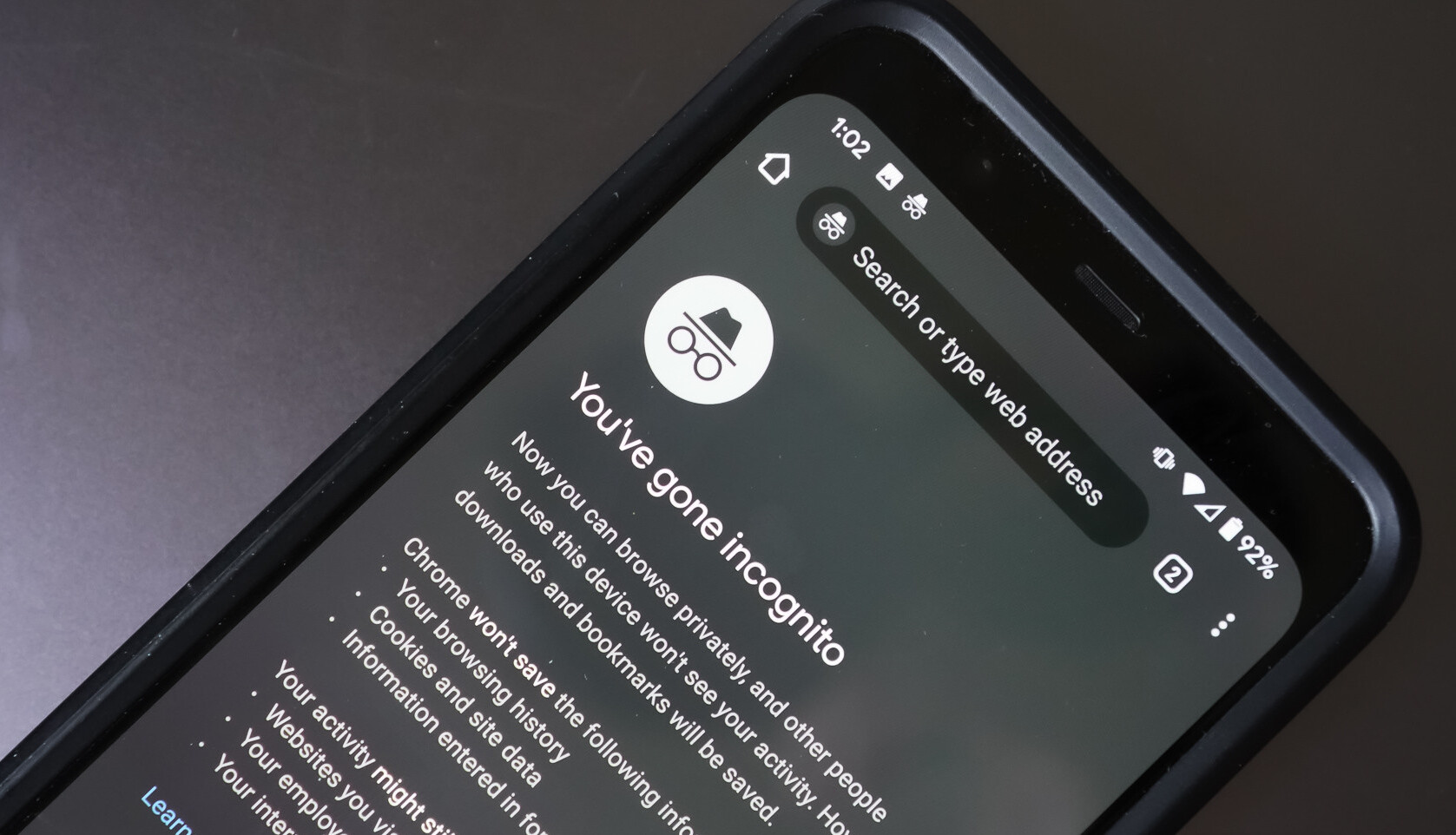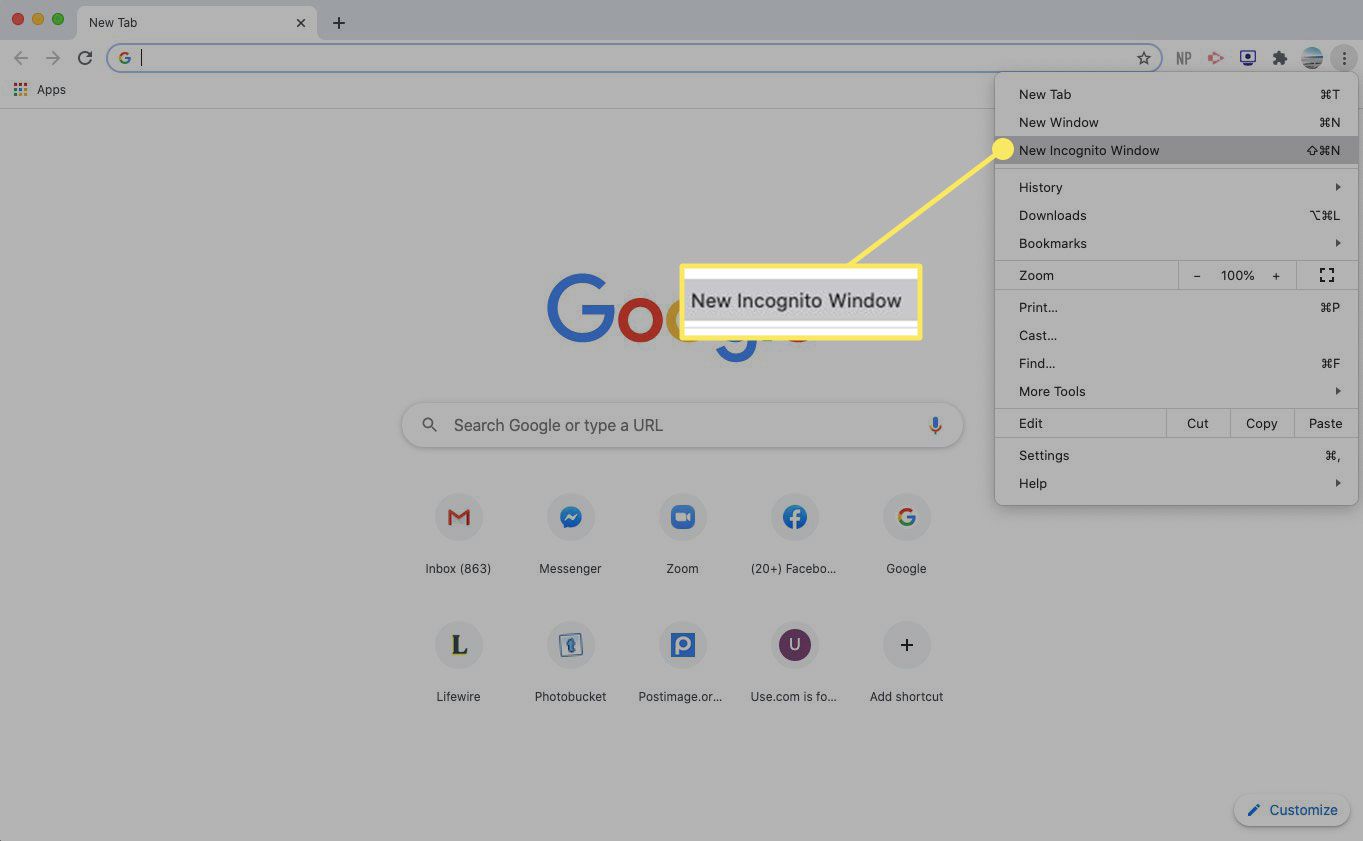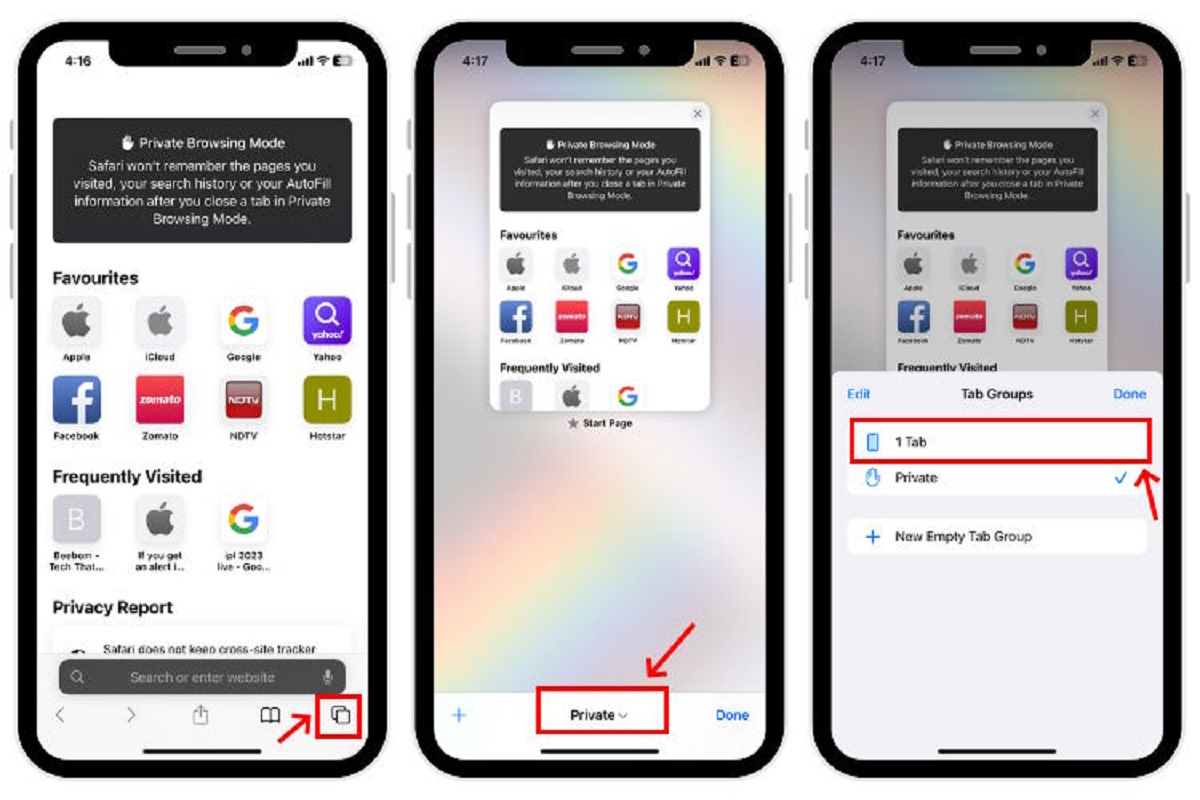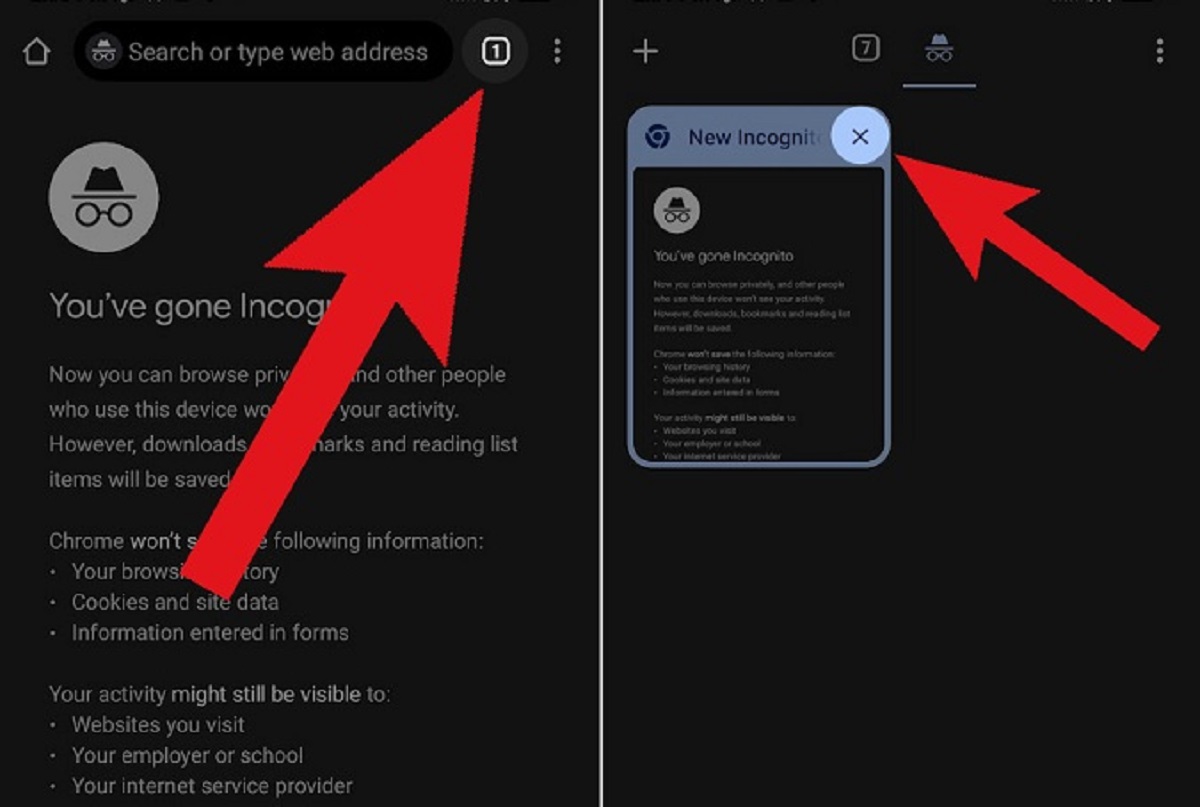Introduction
Encountering paywalls while browsing the web can be a frustrating experience, especially when you stumble upon an intriguing article or resource only to be halted by a subscription prompt. However, there are several strategies and tools available to navigate around these barriers and access the desired content without having to reach for your wallet. In this article, we will explore various methods to bypass paywalls in the Chrome browser, empowering you to freely explore and consume online content.
Whether you're a casual reader seeking to delve into a thought-provoking article or a researcher in pursuit of valuable insights, the ability to bypass paywalls can significantly enhance your browsing experience. By employing the techniques outlined in this guide, you can gain access to a wealth of information and resources without being hindered by subscription requirements or payment demands.
In the following sections, we will delve into the intricacies of utilizing Chrome's incognito mode, clearing cookies to reset paywall limits, leveraging browser extensions designed to bypass paywalls, accessing mobile versions of websites, and utilizing Google Cache as a workaround. Each method offers its own unique approach to circumventing paywalls, providing you with a diverse toolkit to overcome these digital barriers.
By familiarizing yourself with these techniques, you can navigate the online landscape with greater freedom and flexibility, ensuring that paywalls no longer impede your quest for knowledge and entertainment. Let's embark on this journey to unlock the full potential of the web and liberate ourselves from the constraints of paywalls within the Chrome browser.
Using Incognito Mode
When faced with a paywall while browsing in Chrome, utilizing the browser's incognito mode can be a simple yet effective strategy to bypass the restriction. Incognito mode, also known as private browsing, allows users to navigate the web without leaving a digital footprint in the form of cookies, browsing history, or site data. This feature creates a temporary browsing session that operates independently of the user's standard browsing activity, making it an ideal tool for circumventing paywalls.
By opening a new incognito window in Chrome, users can access content on websites that impose paywalls without being hindered by previous site visitations or cookie-based restrictions. Since the incognito mode does not store cookies or browsing history, it effectively resets the user's online presence with each new incognito session. This means that websites cannot recognize the user's previous visits or track their activity, allowing for a fresh and unrestricted browsing experience.
Furthermore, incognito mode can be particularly advantageous for accessing a limited number of articles on subscription-based websites. By initiating an incognito session, users can effectively reset the article limit imposed by the paywall, enabling them to continue reading without encountering subscription prompts. This approach leverages the temporary nature of incognito browsing to bypass the constraints imposed by paywalls, providing users with a seamless and uninterrupted reading experience.
It's important to note that while incognito mode can effectively bypass certain paywalls, it may not be foolproof for all websites. Some publishers have implemented measures to detect and restrict access via incognito mode. However, for many websites, utilizing incognito mode remains a viable and convenient method to access content without encountering paywalls or subscription prompts.
In summary, leveraging Chrome's incognito mode presents a straightforward and accessible means of bypassing paywalls and accessing restricted content. By creating a temporary browsing session that does not retain cookies or browsing history, users can navigate the web with greater freedom and flexibility, ensuring that paywalls do not impede their access to valuable information and resources.
Clearing Cookies
Clearing cookies is a strategic approach to bypassing paywalls in the Chrome browser, offering users a method to reset their digital footprint and evade the limitations imposed by cookie-based paywall restrictions. Cookies, which are small pieces of data stored by websites on a user's device, are often utilized by publishers to track user activity and enforce paywall restrictions based on the number of articles accessed. By clearing these cookies, users can effectively reset their browsing history and site data, allowing them to surpass the constraints of paywalls and access content without encountering subscription prompts.
To clear cookies in Chrome, users can navigate to the browser's settings and access the privacy and security section. Within this section, there is typically an option to clear browsing data, which includes cookies, cached images, and other site data. By selecting this option and specifying the time range for which the data should be cleared, users can effectively remove the cookies associated with websites that impose paywalls, thereby resetting their access limits and evading subscription requirements.
Additionally, Chrome provides users with the ability to clear cookies for specific websites, offering a more targeted approach to bypassing paywalls. By accessing the site settings within Chrome, users can manage and clear the cookies associated with individual websites, allowing them to reset their browsing history and site data for specific domains. This granular control over cookies empowers users to bypass paywalls on selected websites, providing them with a tailored solution to access restricted content without encountering subscription barriers.
It's important to note that while clearing cookies can be an effective method for bypassing paywalls, it may also result in the loss of certain website preferences and login credentials. Users should be mindful of the potential impact of clearing cookies and consider the trade-offs between bypassing paywalls and retaining personalized website settings.
In summary, clearing cookies in the Chrome browser offers users a strategic means of bypassing paywalls and accessing restricted content. By resetting their digital footprint and removing site-specific cookies, users can navigate the web with greater freedom and flexibility, ensuring that paywalls do not impede their access to valuable information and resources.
Using Browser Extensions
Browser extensions serve as powerful tools for bypassing paywalls in the Chrome browser, offering users a convenient and versatile approach to accessing restricted content without encountering subscription barriers. These extensions are designed to intercept paywall restrictions and provide users with seamless access to articles, resources, and media that would typically be hidden behind subscription prompts. By integrating these extensions into Chrome, users can enhance their browsing experience and unlock a wealth of valuable information and resources.
One of the key advantages of using browser extensions to bypass paywalls is the ease of implementation. Upon installing a suitable extension from the Chrome Web Store, users can immediately benefit from its functionality, often without the need for complex configurations or technical expertise. These extensions typically operate in the background, automatically detecting and bypassing paywalls on supported websites, thereby streamlining the process of accessing restricted content.
Furthermore, browser extensions tailored for bypassing paywalls often offer additional features that enrich the browsing experience. For example, some extensions provide users with the ability to save articles for offline reading, annotate content, or customize their reading preferences. These supplementary features enhance the overall utility of the extensions, transforming them into comprehensive tools for consuming and interacting with online content.
It's important to note that while browser extensions can effectively bypass many paywalls, users should exercise caution and ensure that they source extensions from reputable developers. By selecting extensions with positive user reviews and a history of reliable performance, users can mitigate the risk of installing potentially harmful or intrusive software on their browsers.
In summary, leveraging browser extensions presents a user-friendly and efficient method of bypassing paywalls in the Chrome browser. By integrating these extensions into their browsing experience, users can seamlessly access restricted content, expand their knowledge, and explore a diverse array of online resources without being hindered by subscription requirements. With the right browser extensions at their disposal, users can navigate the web with enhanced freedom and flexibility, ensuring that paywalls do not impede their quest for valuable information and insights.
Accessing Mobile Versions
Accessing the mobile versions of websites can serve as a strategic approach to bypassing paywalls in the Chrome browser, offering users an alternative pathway to access restricted content without encountering subscription barriers. Many websites offer mobile-optimized versions of their content, often with different access restrictions compared to their desktop counterparts. By leveraging the mobile versions of websites, users can potentially circumvent paywalls and gain access to valuable information and resources.
To access the mobile version of a website in Chrome, users can utilize the browser's built-in developer tools to emulate a mobile device. This feature allows users to view and interact with websites as if they were accessing them from a mobile device, presenting an opportunity to bypass certain paywall restrictions that may be specific to desktop browsing. By emulating a mobile device, users can navigate to the desired website and explore its content, potentially encountering fewer or different access limitations compared to the desktop experience.
Furthermore, accessing the mobile version of a website can provide users with a fresh perspective on content accessibility. Some websites may impose paywalls or subscription prompts exclusively on their desktop versions, while offering more lenient access on their mobile counterparts. By switching to the mobile view, users can explore the possibility of evading paywalls and accessing content that may be restricted on the desktop version of the website.
It's important to note that while accessing mobile versions of websites can be a viable strategy for bypassing paywalls, the effectiveness of this approach may vary depending on the specific website and its access restrictions. Users should also consider the differences in user experience and content presentation between desktop and mobile versions when opting for this method.
In summary, accessing the mobile versions of websites in the Chrome browser presents users with an alternative pathway to bypass paywalls and access restricted content. By leveraging the mobile-optimized experiences offered by websites, users can explore the potential variances in access restrictions and navigate around subscription barriers, ensuring that they can freely engage with valuable online resources.
Using Google Cache
Utilizing Google Cache presents an ingenious method for bypassing paywalls in the Chrome browser, offering users a strategic approach to accessing restricted content without encountering subscription barriers. Google Cache, a feature of the Google search engine, serves as a repository of web pages as they appeared at various points in time. By leveraging Google Cache, users can potentially access the cached versions of web pages, allowing them to circumvent paywalls and explore content that may be restricted in real-time browsing.
To access a web page through Google Cache, users can initiate a Google search for the desired content and navigate to the search results. Upon locating the specific web page of interest, users can access the cached version by clicking on the small green arrow next to the search result. This action reveals a dropdown menu, from which users can select the "Cached" option, redirecting them to the cached version of the web page as stored by Google.
By accessing the cached version of a web page, users can potentially bypass paywalls and access the content without encountering subscription prompts or access restrictions. Since the cached version is a snapshot of the web page at a specific point in time, it may not enforce the same limitations as the live version of the website. This provides users with an alternative pathway to engage with the content, offering a potential workaround for paywall restrictions.
Furthermore, Google Cache can be particularly advantageous for accessing articles and resources that may have been recently published and subsequently hidden behind paywalls. By accessing the cached version of the web page, users can potentially view the content without being hindered by real-time access restrictions, enabling them to glean valuable information and insights from the cached material.
It's important to note that while Google Cache can serve as a valuable tool for bypassing paywalls, its effectiveness may vary depending on the specific web page and the timing of the cached snapshot. Additionally, not all web pages may be available in Google Cache, and some publishers may implement measures to prevent access via cached versions.
In summary, leveraging Google Cache offers users an innovative approach to bypassing paywalls in the Chrome browser. By accessing the cached versions of web pages, users can potentially circumvent access restrictions and explore valuable content without encountering subscription barriers, ensuring that they can freely engage with online resources.







